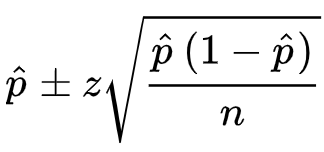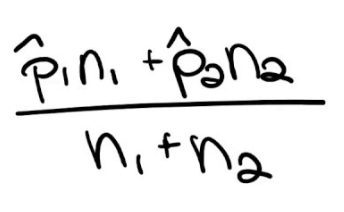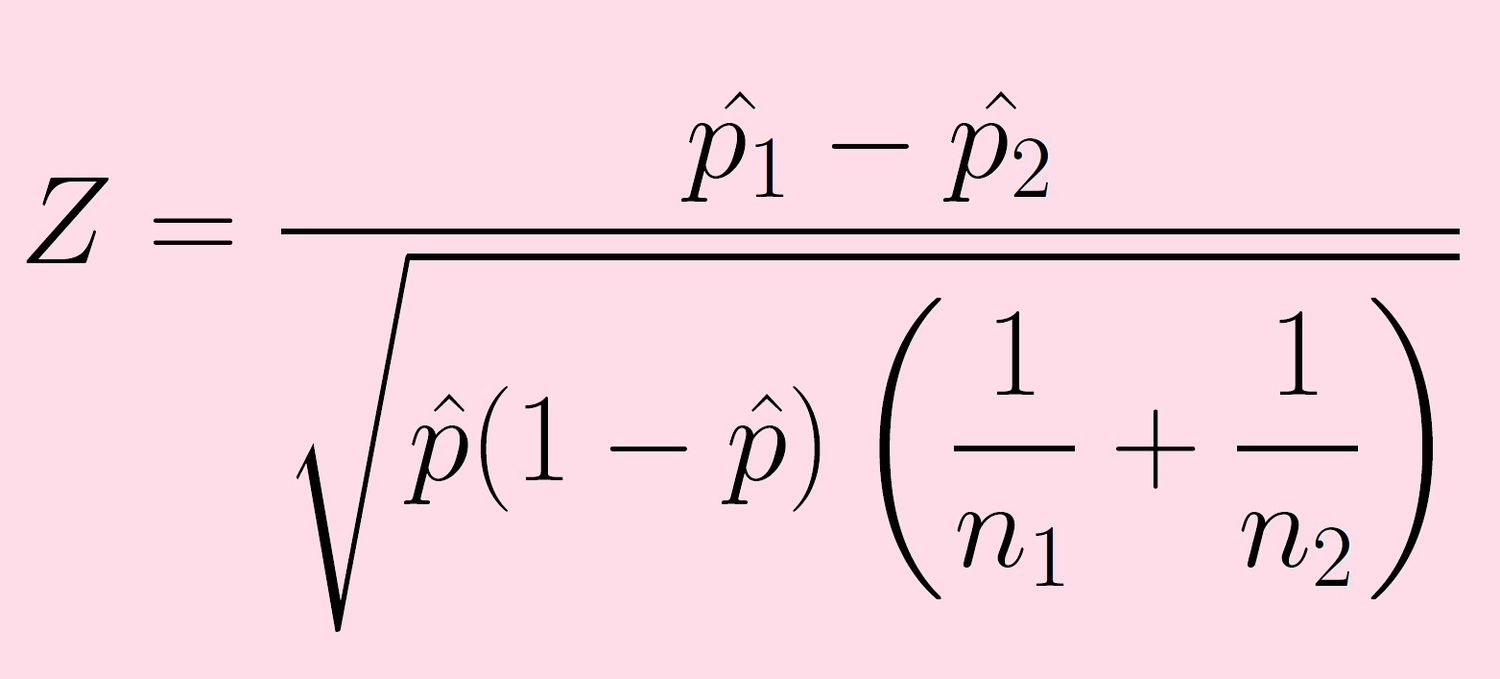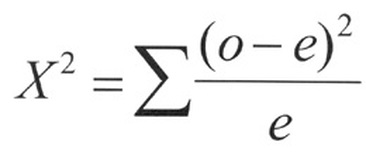Math 183 - Part 6 (Probability Distributions)
1/21
There's no tags or description
Looks like no tags are added yet.
Name | Mastery | Learn | Test | Matching | Spaced |
|---|
No study sessions yet.
22 Terms
Representative sample
A sample that accurately reflects the population, necessary for valid inference.
Proportion Parameter (p*)
The true proportion of a population with a certain characteristic (e.g., support for a candidate).
Sample Proportion (p̂)
The observed proportion of a sample with a given characteristic
Confidence interval for a proportion
A range likely to contain the true population proportion

Pooled Proportion
A combined estimate of proportion across two samples

Confidence interval for difference in proportions
A range for the difference

Hypothesis test for two proportions
Test statistic where p̂ is the pooled proportion

Chi-squared test statistic
where O = observed count and E = expected count.

Degrees of freedom for chi-squared
For J groups and K categories: (J - 1)(K - 1)